Once someone is clean from drugs and alcohol, they have to stay clean. Doing this is not always an easy process, and there will be many hurdles to overcome. Sometimes these hurdles prove too much, and people relapse.
So the key is figuring out strategies to prevent relapse. This is why all good rehabs run rehab prevention classes, which help clients stay clean. Not all relapse prevention classes are the same though, as they follow different models. In this blog, we look at some of the best relapse prevention models available, so you can decide which will work best for you.
What Is A Relapse?
Relapse is when someone who is in recovery from addiction goes back to using drinks or drugs. Many people find it very difficult to get back to sobriety once this has happened, and it can take months or years before a person is able to give recovery a chance again.
Relapse is not one event, but instead can be thought of as three distinct stages. The first stage is an emotional relapse, where someone might begin bottling up their feelings, not going to recovery meetings, becoming defensive, and not asking for help.
The next stage is a mental relapse, which involves thinking about using, hanging out with old friends, coming up with ways of controlling using, and minimizing the consequences of past use.
The last stage of relapse is physical relapse, which is where the person drinks or takes drugs again.
What Is Relapse Prevention?
Relapse prevention is a cognitive behavioral approach that helps people recovering from substance use disorder identify and prevent situations where they may relapse back to using substances again.
When relapse prevention is learned and applied successfully, it plays an enormous role in keeping the person in recovery clean from alcohol and drugs.
Most Common Relapse Prevention Models
There are many different relapse prevention models used at rehabs around the world. At Samarpan, we use the Gorski-CENAPS model of relapse prevention as we believe it to be the most effective, so we have covered it in greater detail within this blog. We also list a few other relapse prevention models here.
Marlatt’s Model
Marlatt’s Model helps patients to identify specific high-risk situations and enhance their coping skills for these situations. It also seeks to increase the client’s self-efficacy, manage relapse and restructure the client’s perceptions of what the relapse process involves.
Dynamic Model of Relapse, Witkiewitz & Marlatt
According to this relapse prevention model, there are six driving factors to relapse: Emotional state, distress tolerance, craving, confidence in abstinence, outcome expectations, coping and self-regulation, and the severity of substance use when treatment begins.
The Matrix Model
The Matrix Model believes that there are five stages of relapse. These are withdrawal, honeymoon, the wall (where relapse is most likely to happen), adjustment, and resolution. The Matrix Model usually involves Intensive Outpatient Treatment (IOP) and follows a six-month program.
Gorski-CENAPS Model of Relapse Prevention
The Gorski-CENAPS Model of Recovery and Relapse Prevention (The CENAPS Model) is a system designed for diagnosing and treating substance use disorders, co-occurring mental disorders, personality disorders, and life problems. It uses addiction treatment methodologies combined with other state-of-the-art therapies.
Stabilization
The first stage of the Gorski-CENAPS relapse prevention model is stabilization. This stage involves detoxification and “focusing on today”. At this early point in the recovery process, it can be counterproductive to focus too much on therapy, as this can actually turn people away from sobriety.
Assessment
The next stage of this relapse prevention model has participants look at painful memories and past relapses. This is a period where therapists will help clients identify recurring patterns which may cause relapse.
Relapse Education
Here, relapse prevention techniques are introduced. Clients will explore prevention techniques and warning signs of relapse. At this stage, it is possible for the client’s family to become involved. Clients will also be helped to understand that relapse is not a cause for shame and embarrassment. This is important, as some people with substance use disorder can struggle to come back to sobriety due to these emotions.
Warning Sign Identification
During the warning sign identification stage, clients will look at triggers for their relapses and will learn to take responsibility, rather than blaming the triggers for their relapse.
Strategy and Options Development
Clients will develop strategies to address high-risk situations, such as attending weddings or seeing friends or family they drank or used with. Irrational thinking, self-defeating behaviors, and strategies for managing painful feelings before relapse will all be looked at during this stage of the relapse prevention model.
Recovery Planning
Looking at which activities can support relapse prevention, including participation in 12-step programs.
Inventory Training
Discuss the importance of a morning and evening inventory that will aid recovery.
Support Systems
During this stage, clients will find a supportive circle of friends, and where applicable, family.
Follow-Up
Aftercare treatment involves revising the relapse prevention plan. Usually, this is done monthly for three months, quarterly for the first two years, and then yearly after the third year.
Factors That Increase Risk of Relapse
There are a number of variables that cause relapse risk to be greater. The amount of time someone in recovery needs to dedicate to relapse prevention to stay safe from relapse depends on a few different factors.
Time in Recovery
A person in their first few weeks of addiction recovery will need to do more to stay clean than someone who put down substances 20 years ago. This is first because the brain of someone who is newly clean is wired for addiction. Part of the recovery process involves rewiring the brain to reduce compulsion to alcohol and drugs.
Also, someone who is in long-term recovery will have a recovery toolbox that they can use that helps them stay clean. They are likely to have a schedule that supports their recovery, friends that they can turn to when the going gets tough, and an overall lifestyle that is made for recovery.
A person in the embryonic stage of recovery will have relatively few coping mechanisms. Perhaps they know that they need to stay away from pubs and stop talking to old-using buddies, but that’s about it.
This is why at Samarpan, we take relapse prevention so seriously. We incorporate relapse prevention classes into our schedule for all our clients, meaning that every person who goes through the Samarpan program will be assured of having plenty of relapse prevention know-how.
Level of Addiction
While all substance addiction is serious, some addictions are considered more likely to cause relapse. When someone has been using for many years, the habit of using can become so ingrained that it can be more difficult to leave behind.
Addiction to certain substances also carries a higher risk of addiction. People in recovery from crystal meth use tend to relapse more than someone in recovery from cannabis might. Length of use and amounts of a substance used are also driving factors in relapse. When someone has been drinking or using larger amounts for a longer period of time, relapse becomes more likely.
Trauma
Sometimes, people with substance abuse problems struggle to stay clean, no matter what they do. They may have done everything they could to stop drinking or using: avoiding places where they got inebriated, making a new group of friends, or even going to rehab. These people can face a great deal of frustration and even shame, believing that they are doing something wrong.
When a person is caught in a cycle of relapse, it is often trauma that is causing them to fall back into addiction. This person may have been the victim of sexual abuse as a child, have experienced or witnessed acts of violence, or have been bullied at some point.
There are many ways of dealing with trauma, however, the gold standard is usually considered to be talk therapy. Of these therapies, Cognitive Behavioral Therapy (CBT) and Dialectical Behavioral Therapy (DBT) are two of the most effective.
Mental Health Problems
Mental illness, like trauma, can cause people with addiction problems to be stuck in addiction. Depression, anxiety, and borderline personality disorder can all be stumbling blocks to staying clean. We consider addressing mental illness a key aspect of relapse prevention. Once mental illness has been addressed, it is much easier for the addicted person to stay substance free.
CBT and DBT are also very effective at helping people to deal with their mental health problems. It’s crucial to note that co-occurring mental health issues must be addressed at the same time as the addiction, otherwise addiction treatment is unlikely to be effective.
Samarpan Recovery to Stay Quit
Stopping taking drugs and alcohol is a fantastic achievement, but it is not the end of the road for addiction treatment. Once you stop taking substances, you have to stay committed to remaining quiet for the rest of your life. After all, addiction is a progressive illness that can cause relapse, even after years of sobriety.
Knowing how to do this can be challenging. Most people who have recently stopped taking substances have no understanding of how to remain clean. This is why at Samarpan, we have relapse prevention classes that give our clients the best possible opportunity for long-term recovery. Contact us to talk about how we can help you get clean and stay clean.




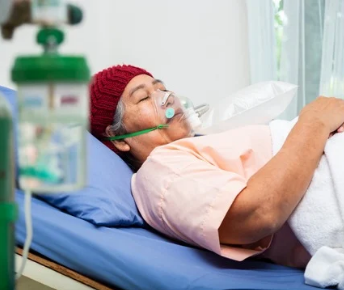
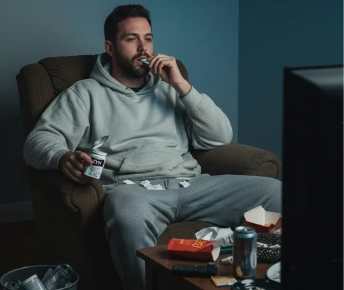

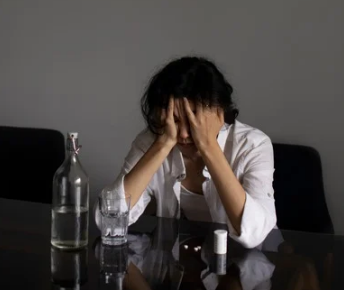

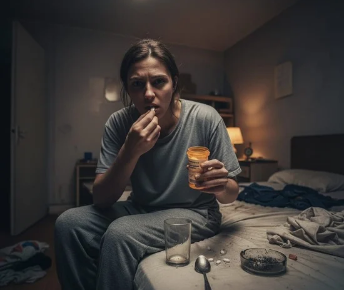






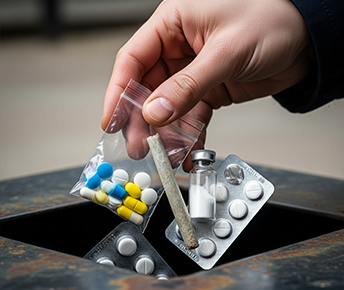
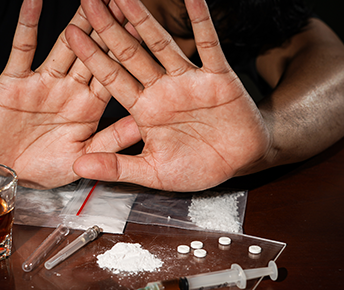
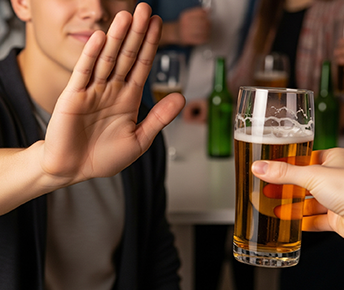

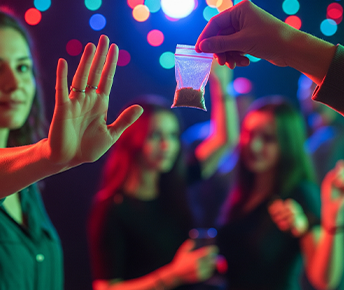



 Yes, many offer serene environments and solid therapeutic frameworks. However, quality varies, so it’s essential to research accreditation, staff credentials, and therapeutic depth.
Yes, many offer serene environments and solid therapeutic frameworks. However, quality varies, so it’s essential to research accreditation, staff credentials, and therapeutic depth.




